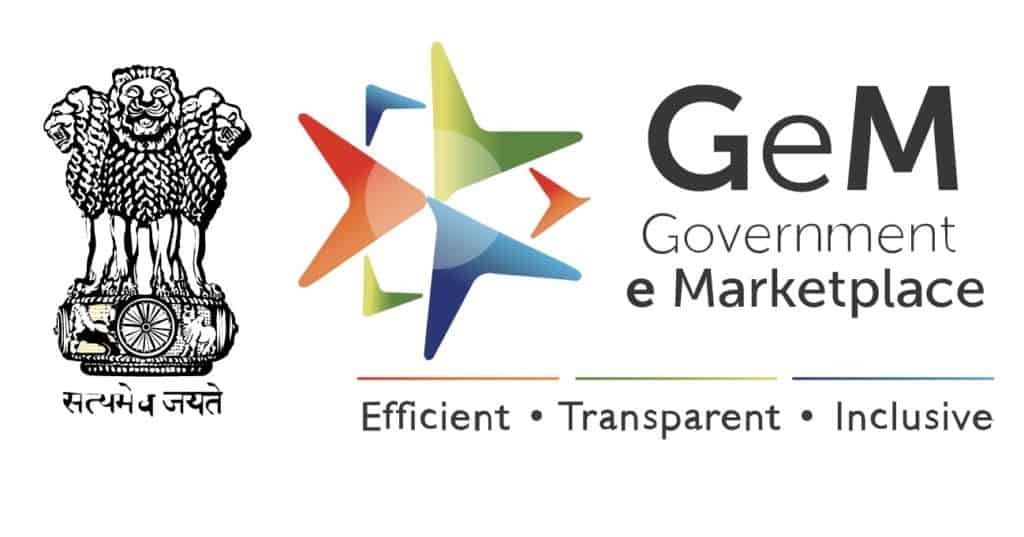
Gem Registration in India in Easy Way
Gems have been admired and coveted throughout history for their beauty, rarity, and symbolic meaning. From ancient times to the present day, gems have been used for jewelry, currency, and talismans. However, to ensure that the gems being sold are genuine, unaltered, and legally sourced, most countries have gem registration systems. In this article, we will explore what gem registration is, why it's important, and how it works.
What is Gem Registration?
Gem registration is a process of recording and tracking the origin and history of precious and semi-precious stones. The purpose of

is to prevent the trade of stolen or illegally sourced gems and to protect consumers from fraud and misrepresentation. Gem registration is also used to authenticate the quality and characteristics of the gemstones, including their color, clarity, and cut.
Gem registration systems are typically operated by government agencies, trade associations, or independent organizations. Gem registration may involve the issuance of a certificate of authenticity or a report that includes detailed information about the gemstone's origin, characteristics, and value. Gem registration may also involve the use of technology, such as digital imaging, to create a permanent record of the gemstone.
Why is Gem Registration Important?
Gem registration is important for several reasons. Firstly, gem registration helps to prevent the trade of stolen or illegally sourced gems. The mining and trading of gemstones can be a lucrative but dangerous business, often associated with human rights abuses, environmental degradation, and criminal activity. Gem registration can help to ensure that gems are ethically sourced and traded, thereby promoting sustainable and responsible practices.
Secondly, gem registration protects consumers from fraud and misrepresentation. The gemstone industry is notorious for its lack of transparency and the prevalence of counterfeit and treated gemstones. Gem registration provides consumers with the information they need to make informed purchasing decisions, and to verify the authenticity and quality of the gems they are buying.
Finally, gem registration can benefit the gemstone industry by promoting trust and confidence among buyers and sellers. Gem registration systems can help to standardize and regulate the trade of gemstones, thereby reducing the risk of disputes and promoting fair and equitable practices.
How Does Gem Registration Work?
Gem registration can take various forms depending on the country or organization implementing the system. However, there are some common features that most gem registration systems share.
The first step in gem registration is the identification and authentication of the gemstone. This may involve a physical inspection of the gemstone by a qualified gemologist or the use of technology, such as spectroscopy or X-ray diffraction. The gemstone is examined for its color, clarity, cut, and other physical characteristics, and compared to known standards and databases.
Once the gemstone has been authenticated, it is assigned a unique identification number or code. This code is used to track the gemstone throughout its journey from the mine to the market. The code may be engraved on the gemstone itself, or included on a certificate of authenticity or a digital record.
The next step in gem registration is the recording of the gemstone's origin and history. This involves collecting information about where the gemstone was mined, who mined it, and how it was transported and processed. Gem registration may also involve documenting the chain of custody of the gemstone, including the names of all the intermediaries who handled the gemstone before it reached the market.
Finally, the gemstone is registered in a database or a registry. This database may be maintained by a government agency, a trade association, or an independent organization. The database includes information about the gemstone's origin, characteristics, and history, as well as its unique identification number or code. The database may be accessible to the public or restricted to authorized users.
Conclusion
Gem registration is an essential tool for promoting ethical and sustainable practices in the
gemstone industry, protecting consumers from fraud and misrepresentation, and promoting trust and confidence among buyers and sellers. By tracking the origin and history of gemstones and verifying their authenticity and quality, gem registration can help to ensure that gems are ethically sourced and traded, and that consumers are able to make informed purchasing decisions.
Appreciate the creator